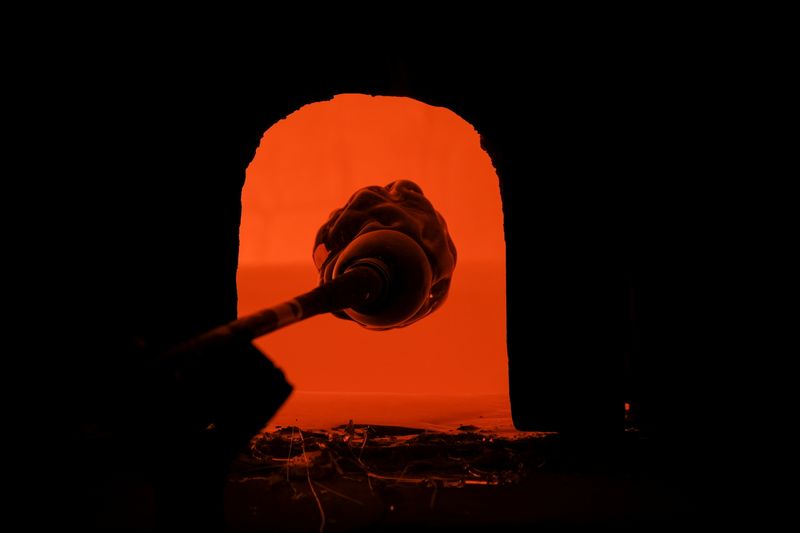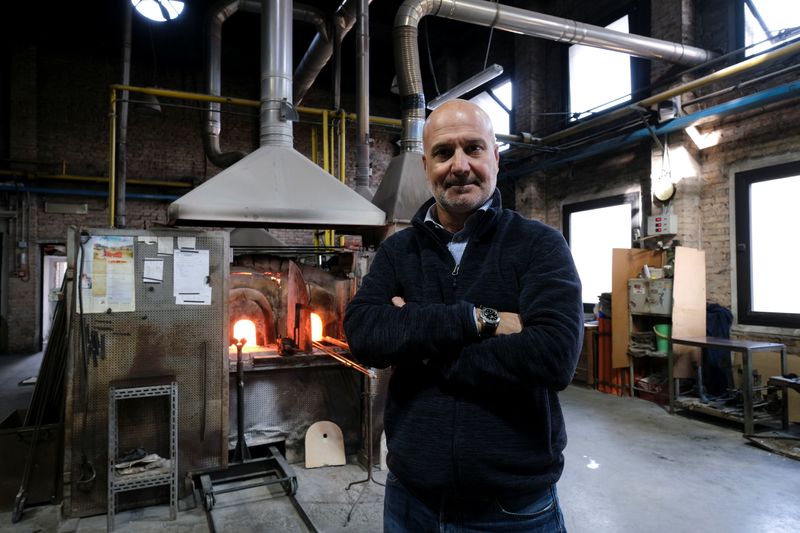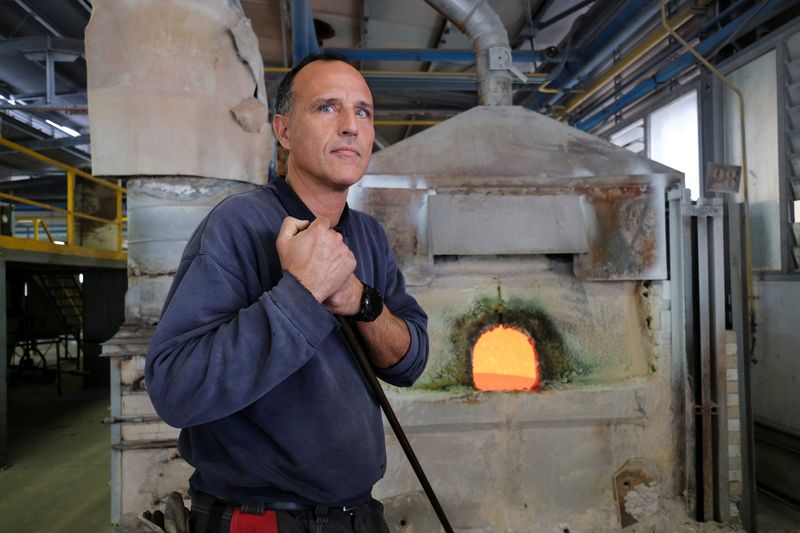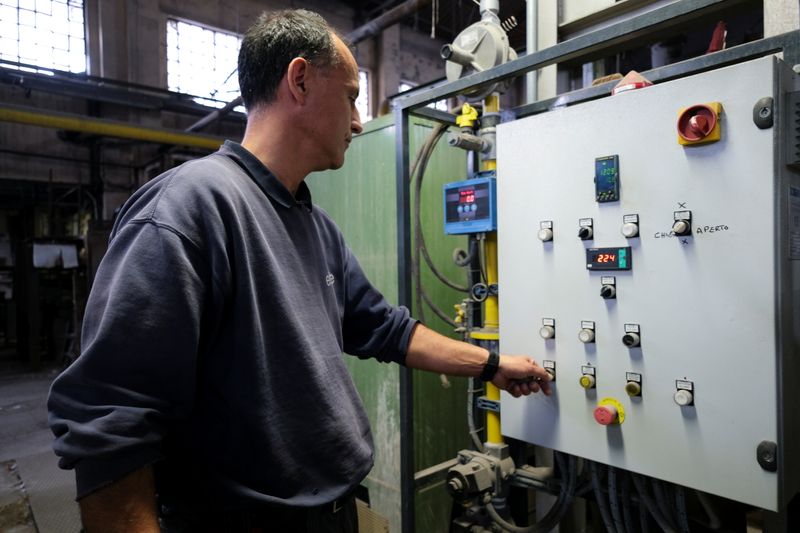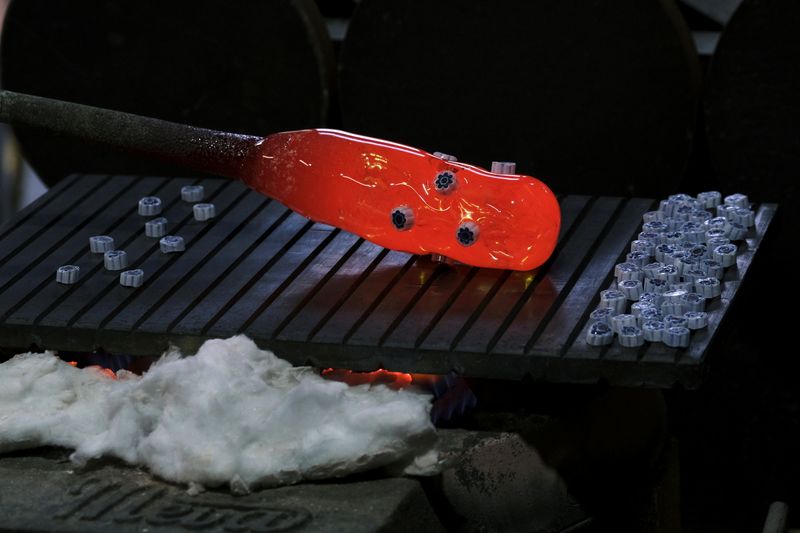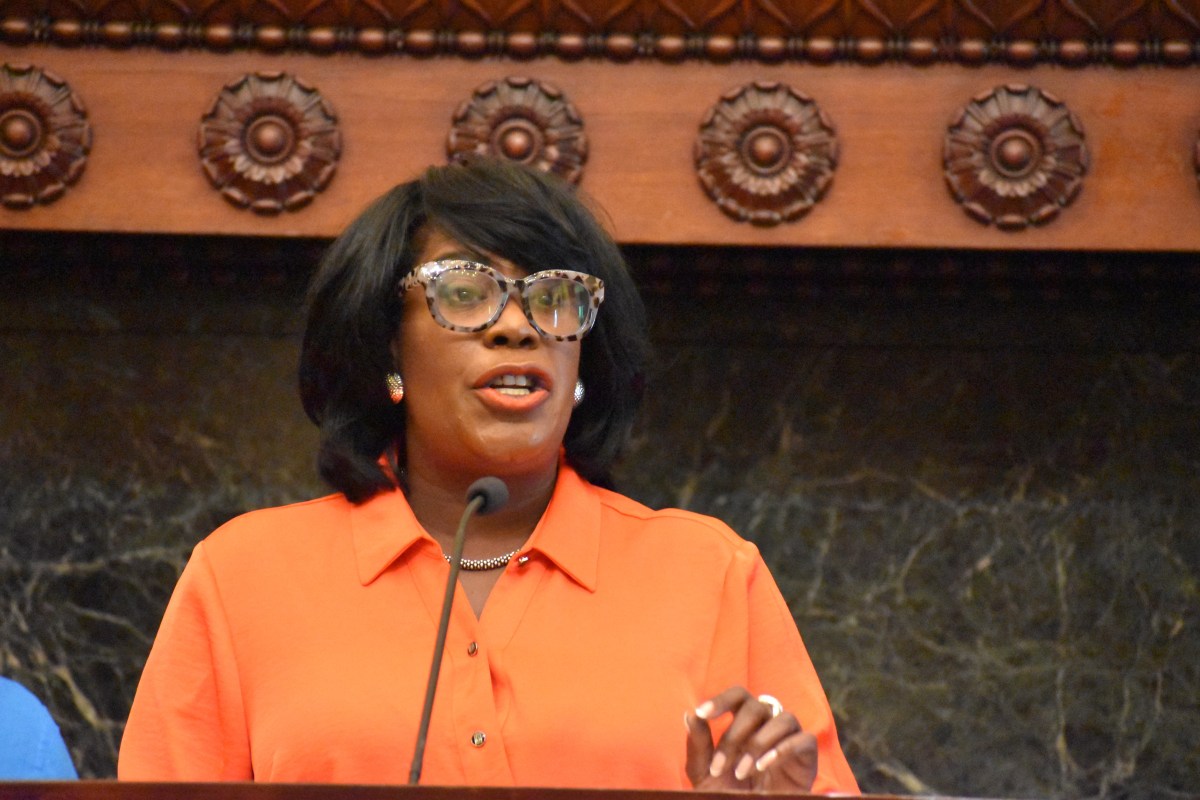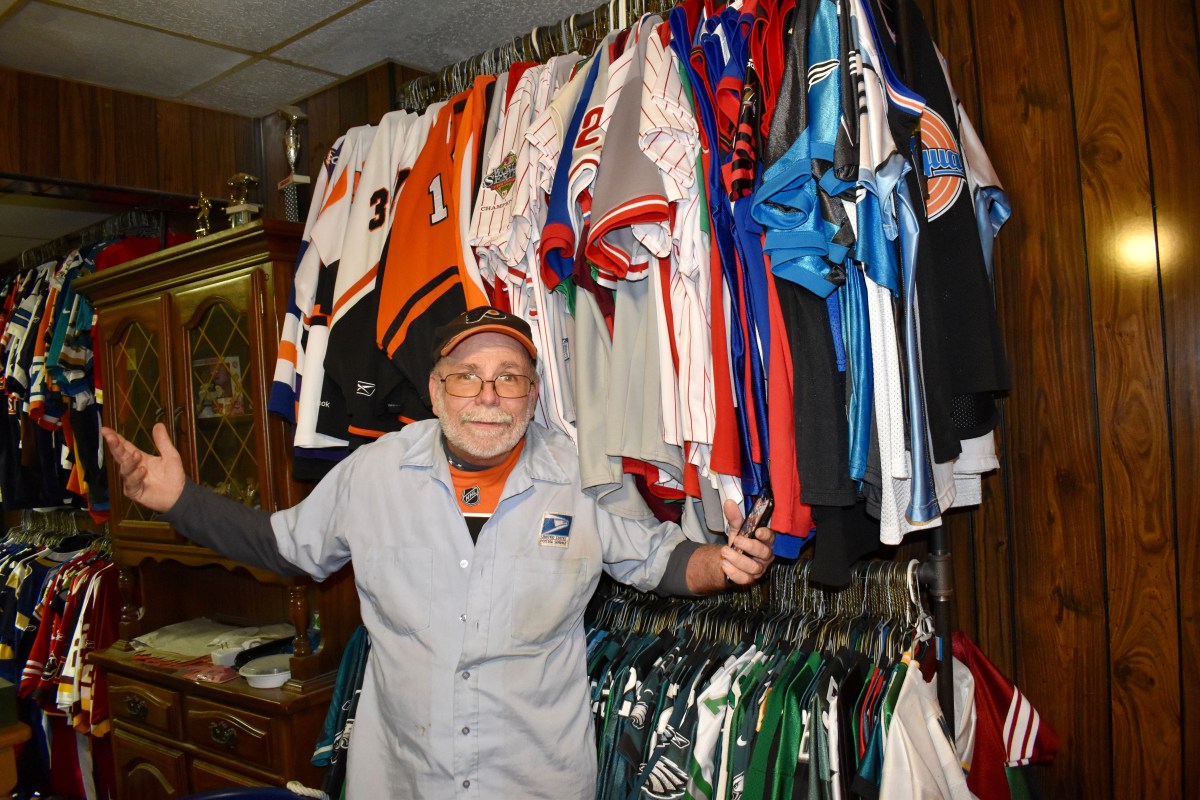VENICE, Italy (Reuters) – Glassblowers in the tiny island of Murano, in the Venice lagoon, have long been famed for the colours and sophistication of their art, but a global surge in gas prices is making it hard to keep furnaces open, threatening their survival.
Since glass manufacturing began on the island in the late 13th century, the industry has survived economic crises and wars, delivering prized tableware, chandeliers and jewellery to the world.
Murano’s glass manufacturing involves some 60 firms employing around 1,000 workers. It was already struggling to recover from the COVID-19 crisis and the sudden rise in fuel costs represent a new challenge.
Gas prices have risen this year across Europe due to low inventories, increased demand after the easing of COVID-19 lockdowns and Russia not supplying more than contracted volumes.
“At the end of September we paid 40,000 euros ($45,488) (a month), in October we were at 170,000 euros” for the same amount of gas, said craftsman Cristiano Ferro, who already shut down his furnace.
Rome has set aside more than 3 billion euros to soften the impact of increases in retail energy bills, but Murano artisans say this is not enough.
“We consume about 10 million cubic metres of gas a year here … to us, gas is what water is to others,” said glass factory owner Luciano Gambaro.
Glassworker Giovanni Maschietto is even more downbeat.
“I think everything here is going to die,” he said. The government doesn’t seem to be doing much to save us. People need to buy bread, not glass, you can’t eat glass.”
($1 = 0.8794 euros)
(Writing by Angelo Amante, editing by Gavin Jones and Mike Collett-White)

